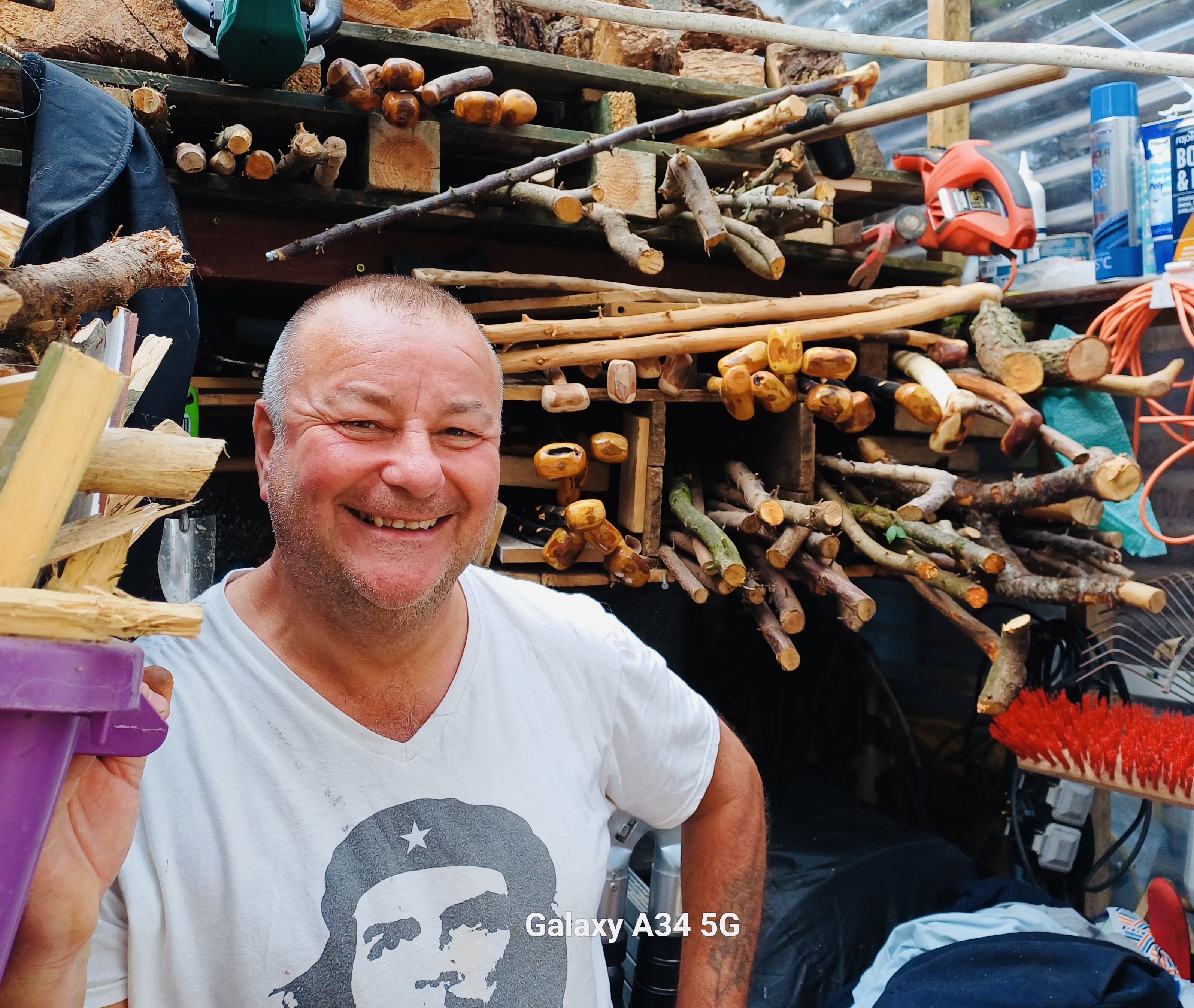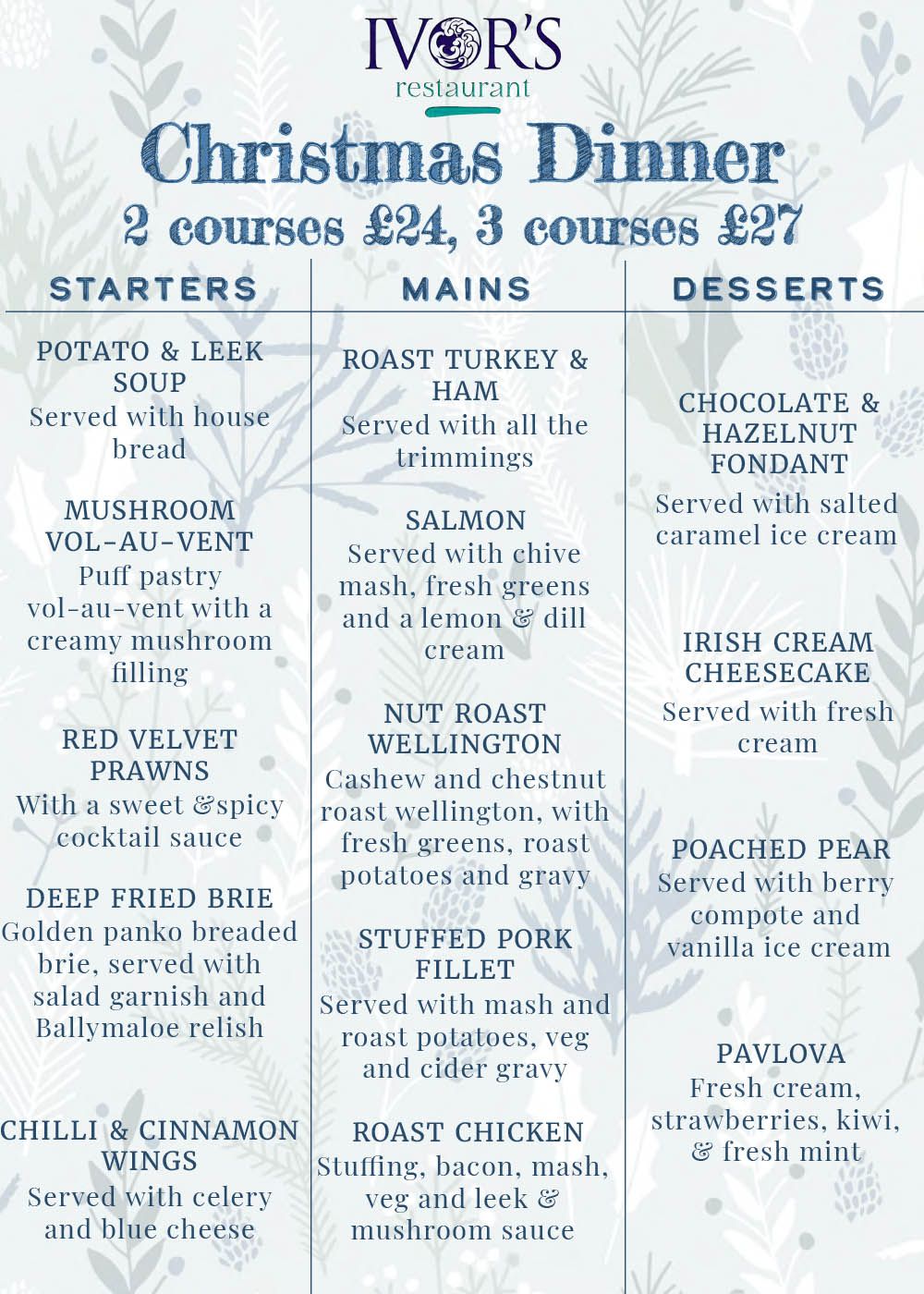IT was their last day here, but there was no hint of sadness. The swallows of Hannahstown were giddy on Monday morning, chattering excitedly to each other as they danced around their phone line perch. With their numbers boosted by many new family members – some just weeks old and still accepting food from their parents – they were a picture of contentment.
The day was glorious – so good that you’d think they could easily spend a few more days here at very least. But millennia of trial and error – paid for with countless lives – has told them that Monday, September 9, 2024 was the optimum day to bid farewell to Ireland.
And looking back now, just a couple of days later, they were spot-on once again. Storms were rumbling in from the Atlantic and temperatures plummeted overnight like a stone. Monday was the last day of summer.

Hannahstown observers will tell you that when the swallows return to southern Africa they don’t go ‘as the crow flies’ – a straight route would take them over the Mournes. Instead, they head east towards the city centre, then, we assume, across to Britain and south to the European continent, entering Africa via southern Spain.
PARTING IS SUCH SWEET SORROW: Swallows gather in Hannahstown before their arduous journey to Africa
Dúlra spent 20 minutes in their company on Monday and it soon became apparent why they had gathered here on this phone line before that arduous journey. Much of the rough mountainous land around here has been drained and cleared for farming – it’s been a never-ending feature of Dúlra’s entire life spent on these hillsides. But here, below the flock of twittering swallows, was a slither of wilderness, forgotten fields where wildflowers like meadowsweet and knapweed had grown to waist-height.
The haze of flies and insects could be clearly seen against the morning sun – a feast for the swallows to load up on for their long journey.
Most birdwatchers have their favourite bird. But how can any of us look beyond the swallow, fáinleog in Irish? For beauty, they are in a category of their own. It’s not just their fluorescent blue back, the bright red bib under their beak or those incredible forked tails. Their aerial dexterity is simply stunning as they hoover up those invisible flies.
Unlike most other birds, people are of little concern to them – we’re rarely a threat – and on Monday birds zoomed so close to Dúlra that he could hear their wings cutting through the air.
Dúlra would give anything to have a pair flying around his home. Could they be attracted to a nest in a city garage if the door was left open? Is that not just the same as the barns they love to nest in?
That’s a question for another year because this week the swallows left us, taking the sun with them. Hannahstown – and Ireland – is poorer for their absence.
One guy who was as busy in Hannahstown this week as the swallows was walking stick artisan Aidan Bradley. He spent a full day clambering over hedgerows and crawling through ditches to get the raw ingredients needed for a new batch of sticks – which you can see behind him in the picture.
It’s far from easy work as blackthorns produce the best sticks – and they happen to have the longest thorns! Left alone, blackthorns will soon take over a whole field, forming impenetrable tickets. It’s more of a bush than a tree, in truth, with wiry, twisting branches and to find a branch that’s straight for four feet is like finding the Holy Grail.
The only way to harvest blackthorn sticks is to take a saw and crawl into the middle of that thicket where the branches might be straighter as they reach to seek the light. Dúlra used to do it on Colin Mountain when he needed a new stick, but it’s like a form of torture and even a thick coat won’t protect you from those long, scary thorns.
Aidan showed Dúlra a couple of his head wounds where the thorns had done their work; but it was all worth it, he said, showing some of the raw material which would soon become polished sticks.
One stood out from the rest – four feet of perfectly straight wood with a root at the end that could be carved into a handle. The Holy Grail! Surely that one's for Dúlra. Right, Aidan?
• If you’ve seen or photographed anything interesting, or have any nature queries, you can text Dúlra on 07801 414804.






